The Rally: The joys and fears of returning to recreational tennis
Jun 15, 2020Angels' Neto doubles in first rehab game in Triple-A in return from shoulder surgery
By Apr 02, 2025Pick of the Day
Charleston Betting Preview: Caty McNally vs. Anna Kalinskaya
By Apr 02, 2025Laver Cup
Tommy Paul returns to Team World for 2025 Laver Cup in San Francisco
By Apr 01, 2025Does title 100 for Novak Djokovic lie in red clay?
By Apr 01, 2025Feliciano Lopez will be the Davis Cup Final 8 tournament director through 2027
By Apr 01, 2025Sabalenka dominates, Andreeva rises: Six WTA storylines we're watching as April begins
By Apr 01, 2025From Sunshine Swing to clay: Four ATP storylines we're following
By Apr 01, 2025Social
PHOTOS: Jakub Mensik shares first Masters 1000 triumph with his parents at Miami Open
By Mar 31, 2025WTA Charleston, USA
Week in Preview: 2025 clay swing begins in Charleston, Houston
By Mar 31, 2025The Rally: The joys and fears of returning to recreational tennis
The signs of how we live now—masks, sanitizer, no handshakes at the net and much less socializing in the clubhouse—are inescapable, even at our tennis courts. So is the feeling of constant uncertainty that coronavirus brings with it.
Published Jun 15, 2020
Advertising
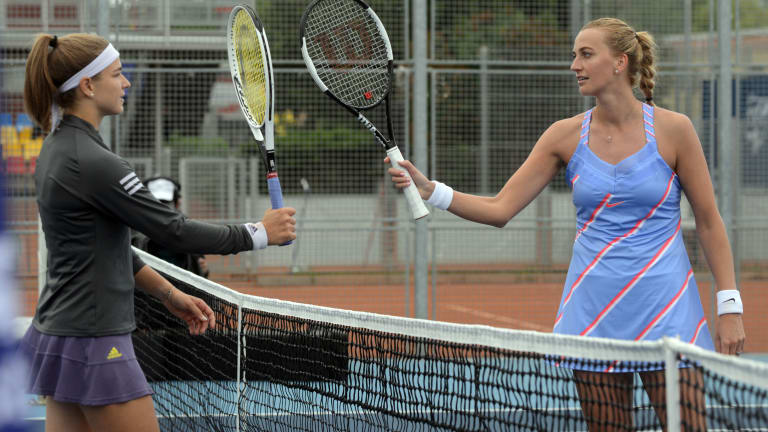
The Rally: The joys and fears of returning to recreational tennis
© AFP via Getty Images
Advertising
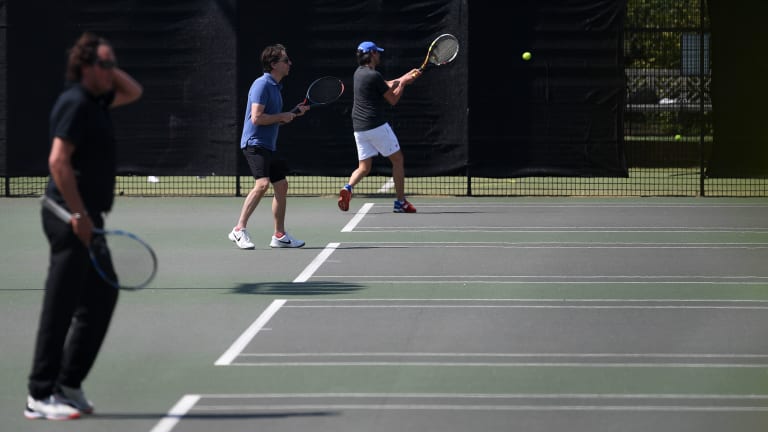
Some of the most difficult situations a player will face are against someone they know they can beat.
© AFP via Getty Images
Advertising
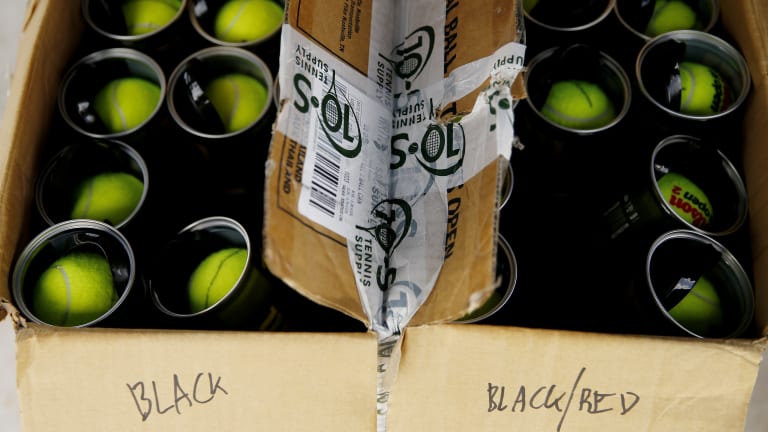
The Rally: The joys and fears of returning to recreational tennis
© Getty Images
Advertising
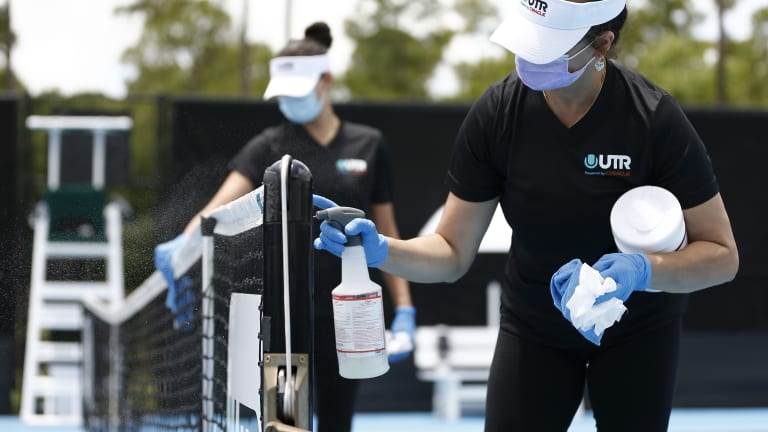
The Rally: The joys and fears of returning to recreational tennis
© Getty Images
Advertising
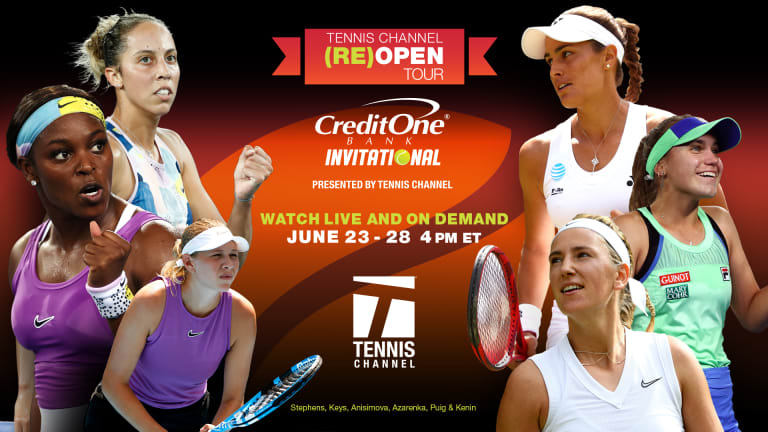
The Rally: The joys and fears of returning to recreational tennis